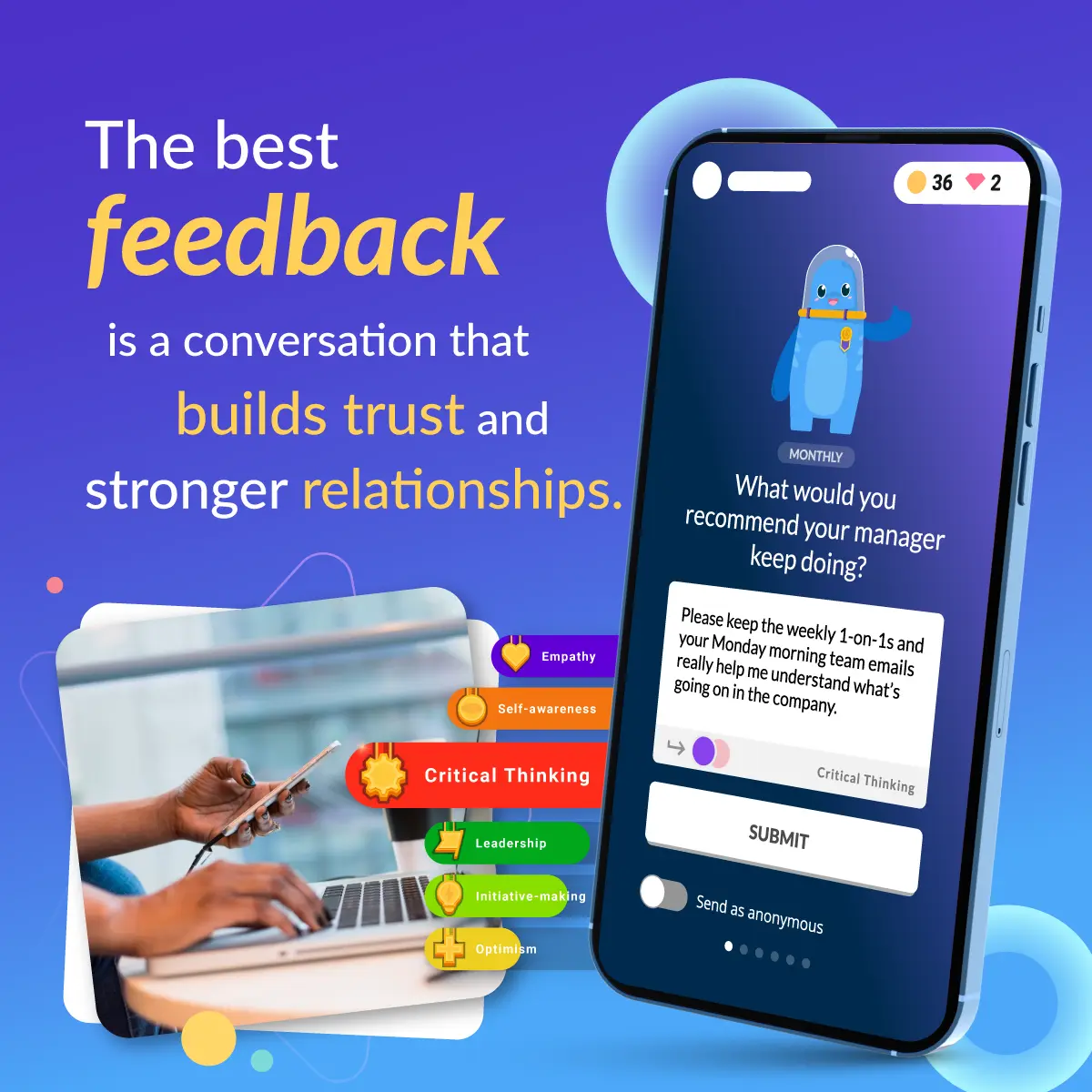Employee retention is essential to maintaining a successful business, as high employee turnover rates can lead to decreased productivity, increased hiring and training costs, and a loss of valuable knowledge and expertise. In this comprehensive guide, we will explore the five main drivers of employee retention, delve into the four pillars of employee retention, and share innovative strategies and best practices to help you increase employee retention and motivation. By understanding these key concepts, business owners can create a thriving workplace environment that attracts and retains top talent.
The Five Main Drivers of Employee Retention
1. Competitive Base Salaries
Offering competitive base salaries is a primary factor in attracting and retaining employees. Regularly evaluating and adjusting salaries to stay in line with industry standards ensures that employees feel valued and fairly compensated for their work. To effectively implement competitive salaries, employers should:
- Conduct regular market research to stay up-to-date with industry salary benchmarks
- Consider the cost of living in the geographical area where the business operates
- Factor in employee skills, experience, and performance when determining salary levels
- Implement a transparent salary structure that allows employees to understand their earning potential and growth opportunities
2. Employee Engagement Strategies
Engaging employees in their work and the company's mission leads to higher satisfaction and loyalty. Implementing strategies such as regular feedback, opportunities for growth and development, and promoting a positive company culture can all contribute to increased employee engagement. Some effective employee engagement strategies include:
- Providing regular performance feedback and setting clear expectations
- Offering opportunities for employees to participate in decision-making processes
- Creating a positive and inclusive work environment
- Encouraging team-building activities and cross-functional collaboration

3. Workplace Happiness
Employees who are happy in their work environment are more likely to stay with their employer. Factors that contribute to workplace happiness include a positive company culture, supportive management, and opportunities for personal and professional growth. To foster workplace happiness, employers should:
- Encourage open communication and transparency within the organization
- Implement policies that promote work-life balance, such as flexible working hours and remote work options
- Offer opportunities for professional development and career growth
- Recognize and celebrate employee achievements
4. Flexible Scheduling
Offering employees flexible scheduling options can significantly impact their job satisfaction and work-life balance. Employees who have control over their work hours are more likely to feel satisfied with their job and remain with the company. To promote flexible scheduling, employers can:
- Allow employees to choose their preferred work hours within certain limits
- Offer options for remote work or telecommuting
- Encourage the use of flextime or compressed workweeks
- Provide part-time or job-sharing opportunities
5. Employee Wellness
Providing a healthy work environment and promoting employee wellness is vital for employee retention. A comprehensive wellness program that includes mental health resources, stress management, and opportunities for physical activity can help employees feel supported and valued. To implement a successful employee wellness program, employers can:
- Offer health and wellness benefits, such as gym memberships or wellness stipends
- Provide mental health resources and support, such as access to counseling services or stress management workshops
- Encourage regular breaks and promote a healthy work-life balance
- Organize wellness challenges and events to promote employee participation and camaraderie
The Four Pillars of Employee Retention
1. Organizational Culture
Fostering a positive organizational culture is essential for employee retention. This includes creating an environment where employees feel valued, appreciated, and supported by both management and their colleagues. To build a strong organizational culture, employers should:
- Develop and communicate clear company values and mission
- Foster a sense of community and belonging among employees
- Encourage open communication and transparency
- Promote diversity and inclusion through hiring practices and ongoing training
- Create opportunities for social interaction and team-building activities
2. Employee Benefits
Offering a competitive benefits package can attract and retain top talent. Benefits can include health insurance, retirement plans, paid time off, and other perks that demonstrate a company's commitment to employee well-being. To provide a comprehensive employee benefits package, employers should:
- Regularly review and update benefits offerings based on industry trends and employee feedback
- Clearly communicate the value of the benefits package to employees
- Offer a range of benefits that cater to diverse employee needs, such as family leave, mental health support, and financial planning resources
- Consider offering unique or unconventional perks, such as pet insurance, student loan repayment assistance, or volunteer time off
3. Professional Development
Providing opportunities for employees to grow professionally, such as training programs, workshops, and continuing education, can help employees feel more invested in their role and the company. To support employee professional development, employers can:
- Create individual development plans for employees, outlining clear career paths and growth opportunities
- Offer in-house training programs or reimburse employees for external courses and certifications
- Encourage employees to attend industry conferences and networking events
- Provide opportunities for employees to take on new responsibilities or cross-functional projects
4. Recognition and Rewards
Acknowledging employee achievements and rewarding their hard work with meaningful incentives can boost morale and encourage employee loyalty. To effectively implement a recognition and rewards program, employers should:
- Develop a system for regularly recognizing and celebrating employee achievements, both individually and as a team
- Offer meaningful rewards that align with employee values, such as bonuses, promotions, or additional paid time off
- Encourage peer-to-peer recognition, allowing employees to acknowledge and celebrate each other's accomplishments
- Regularly solicit employee feedback to ensure the recognition and rewards program remains relevant and effective

Innovative Employee Retention Strategies
1. Implement a mentoring program
Pairing new employees with experienced staff members can help build strong relationships, foster personal and professional growth, and increase job satisfaction. A successful mentoring program should:
- Clearly define the goals and expectations for both mentors and mentees
- Provide training and resources for mentors to effectively support their mentees
- Establish regular check-ins and feedback opportunities for both parties
- Celebrate the successes and milestones achieved through the mentoring relationship
2. Encourage internal promotions
Offering opportunities for career advancement within the company can motivate employees to stay and grow with the organization. To support internal promotions, employers can:
- Regularly communicate job openings and career opportunities within the company
- Offer career development resources, such as workshops and training programs, to help employees develop the skills needed for advancement
- Establish a transparent and fair promotion process
- Recognize and celebrate employee promotions and career milestones
3. Create a strong onboarding process
A comprehensive onboarding process can help new hires feel welcomed, supported, and set up for success from day one. To design an effective onboarding program, employers should:
- Develop a structured onboarding plan that covers essential information, such as company policies, job expectations, and team introductions
- Assign a dedicated onboarding buddy or mentor to help new employees navigate their first few weeks at the company
- Regularly solicit feedback from new hires to identify areas for improvement in the onboarding process
- Offer ongoing support and resources to help new employees transition into their role and the company culture
4. Offer remote work options
Allowing employees to work remotely, either part-time or full-time, can improve work-life balance and increase job satisfaction. To successfully implement remote work options, employers should:
- Develop clear guidelines and expectations for remote work, such as communication protocols and performance expectations
- Invest in technology and tools to support effective remote collaboration
- Provide resources and training to help employees and managers adapt to remote work
- Encourage regular communication and team-building activities to maintain a sense of connection and camaraderie among remote employees
5. Establish an employee feedback system
Regularly soliciting employee feedback and taking action to address concerns can help create a more engaged and committed workforce. To implement an effective employee feedback system, employers should:
- Offer various channels for employees to provide feedback, such as anonymous surveys, suggestion boxes, or open-door policies
- Encourage managers to conduct regular one-on-one meetings to discuss employee concerns and suggestions
- Create a transparent process for addressing and resolving employee feedback
- Communicate any changes or improvements made as a result of employee feedback to demonstrate that the company values and respects employee input
Conclusion
Improving employee retention is a critical task for business owners. By understanding the main drivers of employee retention, implementing the four pillars of employee retention, and exploring innovative strategies, companies can create a thriving work environment that attracts and retains top talent. By investing in employee satisfaction, engagement, and well-being, organizations can reduce turnover rates, increase productivity, and ultimately, achieve long-term success. With dedication and persistence, employers can foster a loyal and committed workforce that drives their business forward.











